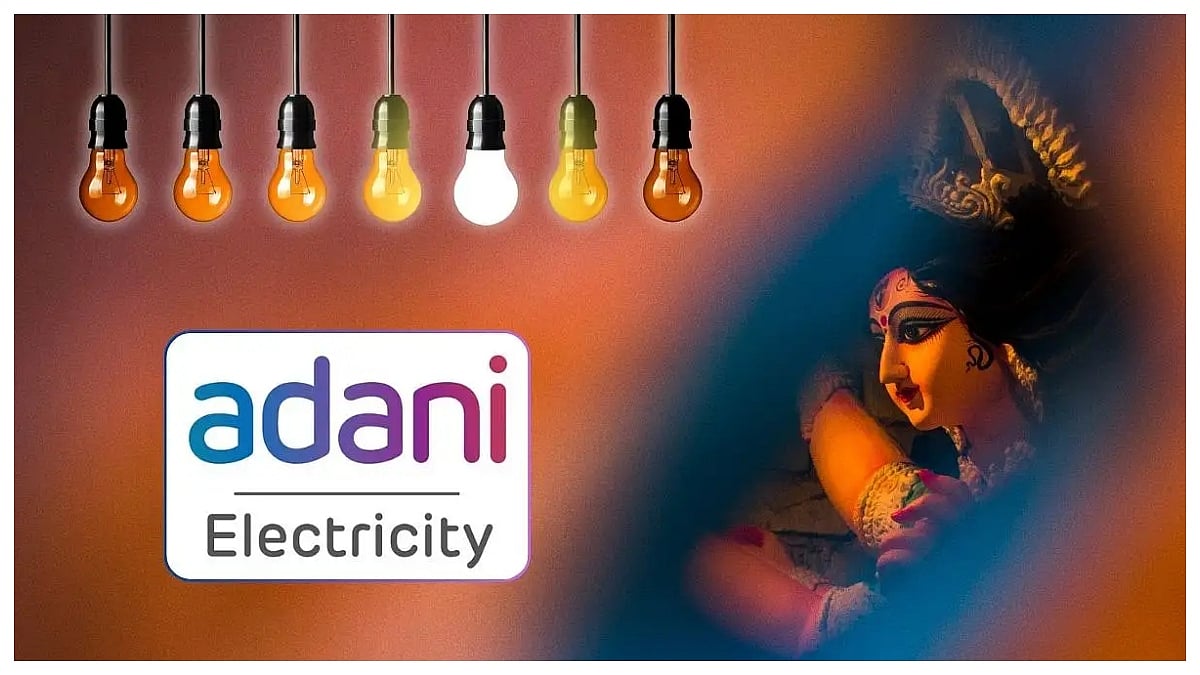New Delhi: Government-owned nonbank financial institutions in India will likely gain more market share in the coming year or two since they play a key role in supporting economic development as part of the country’s official policy, according to an S&P Global report released on Monday.
"Financial services is one of the four strategic sectors in India. As such, Government-Related Entities (GREs) in the sector are more likely to benefit from government support," said S&P Global Ratings credit analyst Deepali Seth-Chhabria.
“This is particularly so for those that play policy roles. In our view, government linkages provide financial flexibility, access to cheaper funding, and a mechanism for asset quality support," she added.
GREs dominate the financial sector in India. Many nonbank GREs operate in segments that are of national interest. The loan growth for financial GREs is expected to stay at about 15 per cent per annum over the next two years, aided by mandates to drive the development of strategic sectors, according to the S&P report titled 'Indian Government-Owned Financial Institutions: In The Fast Lane.’
A relatively higher growth is expected for entities like the National Bank for Financing Infrastructure and Development (NaBFID; unrated) and the Indian Renewable Energy Development Agency Ltd, both of which are expected to scale up their business from a low base, according to the report.
"Asset quality is a mixed bag. Some nonbank financial institutions are exposed to weak borrowers, though sovereign exposure and guarantees from the government partially mitigate the risk," said S&P Global Ratings credit analyst Geeta Chugh.
"Credit costs for the sector have improved and are better than peers'. However, we expect credit costs for the sector to rise as their loans season, recoveries dwindle, and benefit of excess provisions created in previous years tails off."
Earnings are moderate for the development financial institutions, including those that focus on small industries (SIDBI) agriculture (NABARD), and housing (NHB).
The same follows for the two financial GREs in India we rate, Indian Railway Finance Corp. and the Export-Import Bank of India.
These entities tend to have weak margins despite their lower cost of funding. Margins are constrained by the entities' policy roles. Some operate on cost-plus basis while others have a cap on lending margins for the refinance business, the report points out.
In contrast, Power Finance Corporation, REC Ltd. and IREDA make higher margins as they lend to relatively weaker borrowers, the report added.
Disclaimer: This story is from the syndicated feed. Nothing has been changed except the headline.











